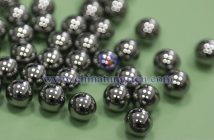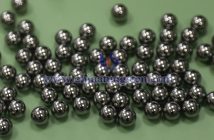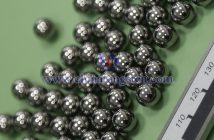Tungsten resin (Tungsten Resin) is a composite material made from high-purity tungsten powder combined with various resins (such as polypropylene, polyurethane, or thermoplastic materials). This material blends tungsten's high density and radiation shielding capabilities with the flexibility, processability, and eco-friendly properties of resin, making it an ideal substitute for traditional lead materials. In the sports equipment sector, tungsten resin is primarily used for counterweights, balancing, and protective components, especially in scenarios requiring small volume, high weight, flexible molding, and non-toxicity.
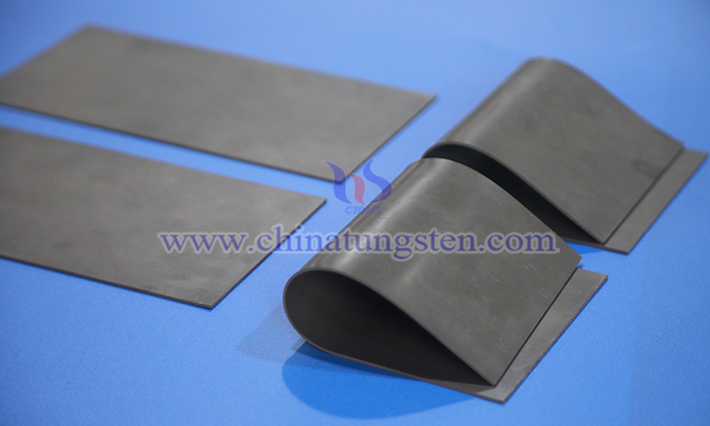
The advantages of tungsten resin in sports equipment lie in its high density and small volume, enabling effective weight distribution, while the resin matrix provides excellent flexibility and water resistance. This makes it suitable for dynamic sports equipment, helping athletes enhance stability, control, and durability. Compared to pure tungsten alloys, tungsten resin is easier to injection mold, more cost-effective, and non-magnetic, avoiding interference with electronic devices.
In golf, tungsten resin is widely used in clubhead counterweight design. Golf clubs often require added weight in the head to adjust the center of gravity, optimizing swing balance and ball-strike stability. Tungsten resin is integrated into clubs via injection molding or embedding, such as placing tungsten resin blocks in slots at the bottom or perimeter of the clubhead. Its high density allows for optimal weight distribution within limited space, aiding players in achieving more stable swings and higher ball speeds.
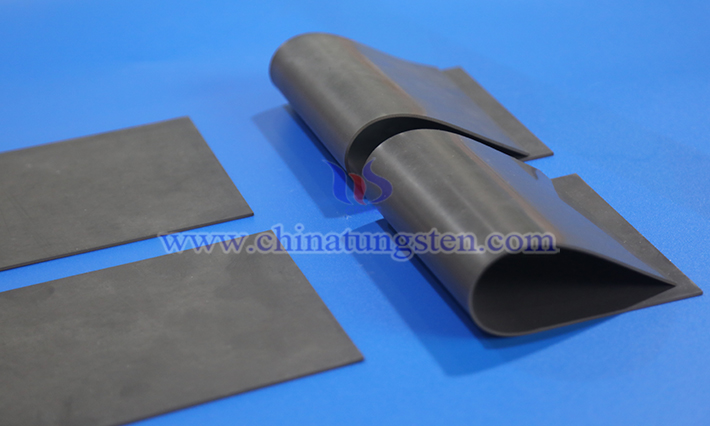
Fishing is another significant application area for tungsten resin. Tungsten resin fishing weights and sinkers, due to their high density, are compact and sink quickly to the bottom, improving fishing efficiency. For example, in fly fishing or sea fishing, tungsten resin sinkers are smaller than lead sinkers of the same weight, reducing water resistance and enhancing sensitivity, making it easier for anglers to detect fish bites. Their water resistance and corrosion resistance suit both freshwater and saltwater environments, and their non-toxicity complies with environmental regulations, preventing water pollution. Typical products include bullet-shaped or teardrop-shaped sinkers, with resin coatings allowing color customization to match bait.
In archery equipment, tungsten resin is used in arrow stabilizers and arrowhead counterweights to enhance flight stability and accuracy. Its density allows small counterweight blocks to be added to the arrow tail, adjusting the center of gravity to reduce air resistance and improve hit rates. Advantages include non-toxicity for indoor and outdoor use and flexible molding for custom arrow shapes.
In skiing and running equipment, tungsten resin is applied in balance weights and wearable counterweights. For instance, ski boards embed tungsten resin sheets for shock absorption and optimized balance, with cold resistance ensuring stability in extreme weather. Running wristbands or ankle weights use tungsten resin counterweights to strengthen upper limb training without increasing bulk.

